These orange macarons filled with chocolate buttercream will take you to France! They're tender, delicate, and delicious meringue-based sandwich cookies that will melt in your mouth. French macarons can be difficult to make, but I've made this recipe as easy as possible to follow!

Today, I am so excited to share my orange macaron recipe! A macaron (pronounced maca-rOHn) is a French sandwich cookie made of meringue and almond flour, making them gluten free by definition. They're usually filled with ganache, jam, or cream. Macarons, especially these orange macarons, look gorgeous on any dessert or appetizer table and always make for a special treat. They're slightly crunchy on the outside but pillowy and soft on the inside. And with a citrusy orange pop paired with a rich chocolate filling? They're to die for!
Macarons are not to be confused with their gooey and coconut-filled cousin macaroons. What's the difference between macaroons and macarons? A macaroon (pronounced maca-rOOn) is an American cookie made of coconut often dipped in chocolate.
Macarons can be a little tricky to make, but once you get the hang of it you'll be making them constantly! In this recipe, I'm sharing all my tips to help you make the best macarons ever.
Jump to:
What is a Macaron?

A macaron is a French confection made of meringue, powdered sugar, and almond flour. Some key features of a macaron are ruffled edges (known as feet), domed top, eggshell like outer crust, soft and chewy inside texture, and a 2:1 cookie to filling ratio. Macarons tend to be finicky and hard to make, but you shouldn't be intimidated. Once you get them right, you'll be hooked!
Why are Macarons Hard to Make?
Macarons are hard to make because they are very sensitive to moisture. Adding food coloring and liquid extracts can change the moisture content of the batter. Macarons also need to be rested before they are baked, and not resting them long enough can cause them to crack. Even more things can go wrong when it comes to under or over-whipping the meringue and not using proper macaronage (folding the dry ingredients into the meringue) technique. I've experienced all the issues while testing this orange macaron recipe, and now I know exactly why macarons are so expensive! However, you don't need to be a pastry chef to make these orange macarons. If I can do it, you can too!
There are several different methods of making macarons. The methods are named after the technique for making the meringue, like Italian or Swiss. For this recipe, we are using the French Method.
Ingredients
For the Orange Macarons
- Egg whites - at room temperature
- Granulated sugar
- Almond flour - sifted
- Powdered sugar - sifted
- Orange extract
- Orange zest
- Food coloring - optional
For the Chocolate Buttercream Filling
- Unsalted butter - softened
- Powdered sugar - sifted
- Cocoa powder
- Salt
- Milk
Special Equipment Needed
These macarons don't require a ton of special equipment, but here are a few things you will need to make this recipe easily and successfully.
- Oven thermometer
- Hand mixer or stand mixer
- Kitchen scale
- Mesh sieve
- 2 piping bags (one for the macaron shells and one for the buttercream filling)
- Round piping tip
- Baking sheets
- Silpat or silicon baking mat (parchment paper will also work, but I highly recommend a Silpat since macarons seem to spread less using one)
- Toothpicks
Instructions
For the Making Macaron Batter
- Firstly, preheat the oven to 350 degrees Fahrenheit. Secondly, line 2 large baking sheets with parchment paper or silicon baking mats and set aside. Prepare a piping bag and fitted with a large round tip and set aside.
- Using a kitchen scale, portion your ingredients into separate bowls.
- Using a large mesh sieve, sift your powdered sugar and almond flour together in the same bowl twice and set aside.
- Place the egg whites in the bowl of the stand mixer. Using the stand mixer's whisk attachment, whisk the egg whites on medium high speed for about 1 minute. The egg whites should be quite frothy.
- While whisking at medium-high speed, slowly add the granulated sugar to the egg whites one spoonful at a time until all 50 grams are added.
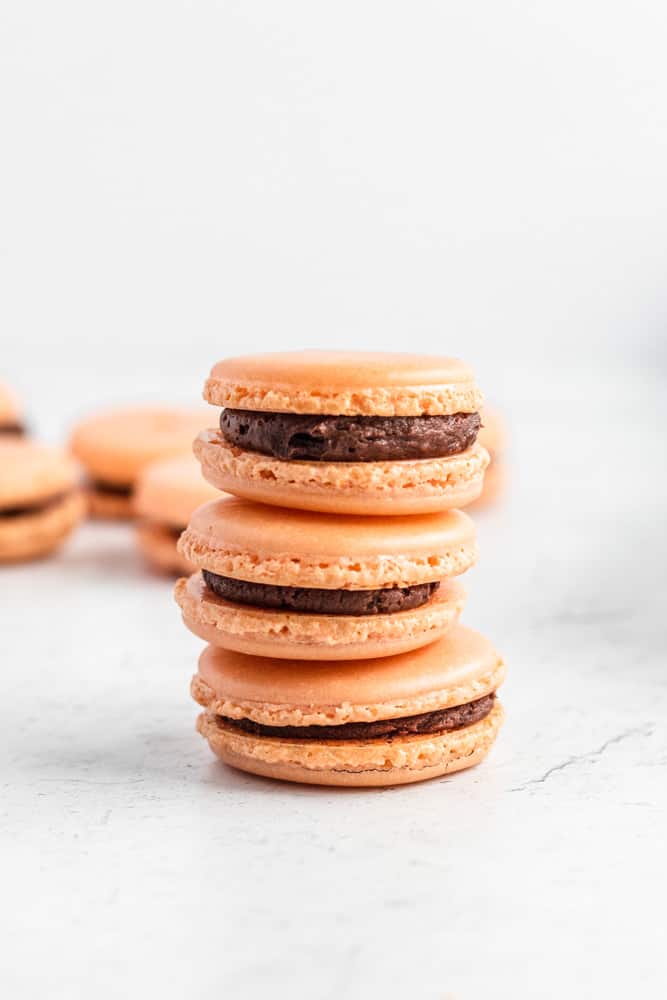
- Once the egg whites and granulated sugar are combined, stop the mixer and add the orange extract and food coloring. Then, turn the stand mixer back on and whisk at high speed for about 3 minutes or until stiff peaks have formed. When you stop the mixer and pull your whisk attachment up, the peaks should stick straight up and might have a slight bend at the very top but not at the base. Make sure to stop the mixer and check every so often to make sure you have not overbeaten the meringue. Remove the bowl from the stand mixer once the proper meringue texture is achieved.
- Add the orange zest to the meringue and then gently shake the powdered sugar and almond flour mixture into the bowl of meringue ⅓ at a time. After each time, gently fold the dry ingredients into the batter with a rubber spatula, starting around the outside of the bowl and gently twisting into the middle. Stop folding when the macaron batter is glossy has a "lava-like" thick and flowing consistency.
For Baking the Macaron Shells
- Transfer macaron batter into the prepared piping bag. Place the piping bag perpendicular to the lined baking sheet and pipe by applying gentle pressure to the bag for about 3 seconds. Stop squeezing and quickly pull up the piping bag in a circular motion. Repeat until you've piped all the macaron batter onto the trays.
- Bang each baking sheet on the counter several times to remove any air bubbles in the batter. Using a toothpick, pop the remaining air bubbles on macaron shells quickly before they begin to dry. Then allow your macarons to sit for 20-40 minutes depending on the humidity of the day. The more humid it is, the longer the macarons need to dry. You will know they are ready to bake when they appear slightly matte and feel dry to the touch.
- Bake the macaron shells for 10-15 minutes, rotating the pan in the oven after 6 minutes or so. This will help the macarons bake evenly. Let the macarons cool completely before removing from the baking sheet. They will stick to the silicon mat or parchment if they're not completely cool.
For the Filling
- Prepare a piping bag with a good tip. Place softened butter into a clean bowl on your stand mixer. Cream the butter with the whisk attachment for about 2 minutes on medium-high speed until it is smooth and fluffy.
- Scrape the sides of the bowl and slowly add in the powdered sugar. Whip on medium speed while adding small drops of milk until the desired consistency for piping is achieved. Add the cocoa powder and salt and continue mixing until well incorporated, adding small amounts of milk to adjust the consistency.
For Assembling the Macarons
- Add the chocolate buttercream to the prepared piping bag and pipe into half of the cooled macaron shells. Place the remaining shells on top to create sandwich cookies. Aim for a 2:1 cookie to filling ratio. Serve the macarons after they mature for a couple hours or overnight or store in an air tight container in the refrigerator or on the counter. You can find more storage tips below.
Tips for Making Orange Macarons
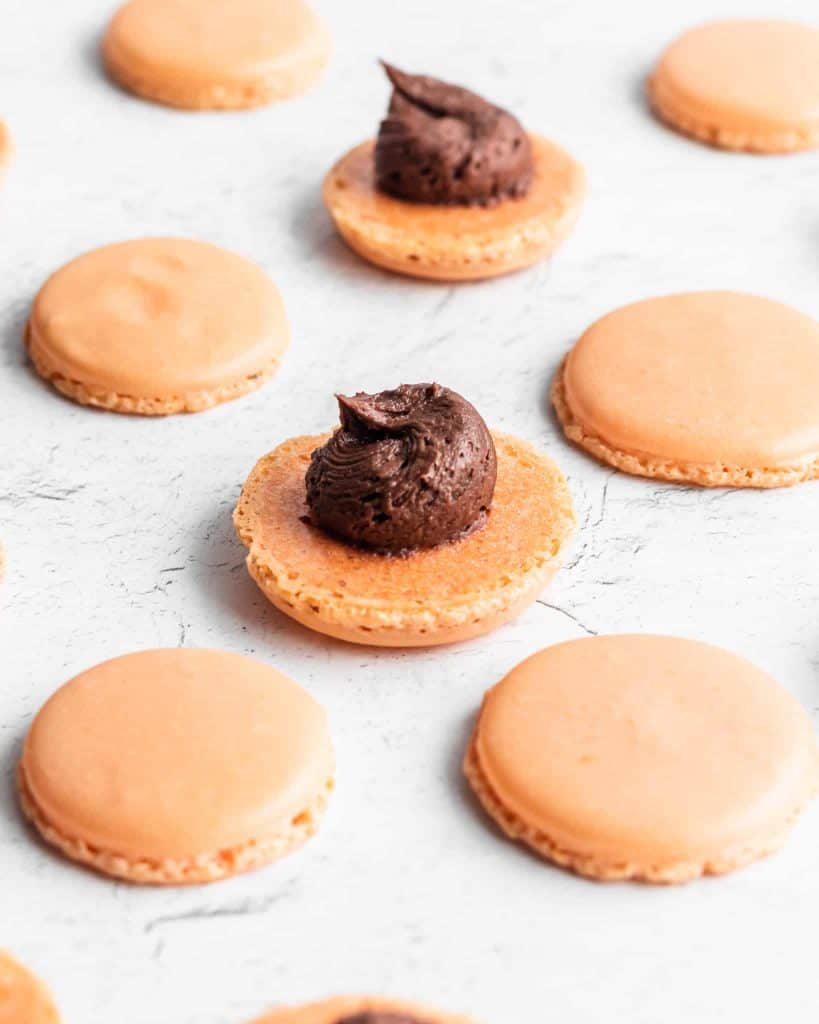
- Use a Kitchen Scale - measuring your ingredients in grams makes it easier to be more precise while making this recipe.
- Properly Whip the Egg Whites - whip the egg whites until there are stiff peaks. When you lift your whisk or whisk attachment, the peaks of the meringue should stick straight up or have a slight bend at the very top. If the peak bends at the base or side, you haven't whipped the egg whites enough. If you whip them too much, the meringue will be grainy or weep liquid.
- Sift Your Ingredients - sifting the powdered sugar, almond flour, and even the cocoa powder will result in a much smoother macaron batter. I also recommend using super-fine almond flour.
- Use Proper Macaronage Technique - Macaronage is a French term to describe the process of folding the almond flour and powdered sugar into the meringue while making macarons. Start by scraping the edge of your bowl with a rubber spatula and gently pulling into the center. Then, continue folding in the same manner until the batter is shiny, smooth, and creates slow ribbons while falling off your spatula.
- Use a Silicon Macaron Mat or Template - to pipe consistently sized macarons, use a Silpat with a macaron pattern printed on it.
- Firmly Bang the Baking Tray - banging the tray of freshly piped macarons is important for removing any air bubbles to prevent cracked or hollow shells. Additionally, you can pop any remaining air bubbles with a toothpick while the macarons are wet.
- Let the Macarons Rest - macarons are extremely sensitive to moisture, so let them dry and form a skin before baking. Let them rest for 20-40 minutes or until they look almost matte and feel dry to the touch. Drying time will vary based on the humidity of the day. If you make macarons on a humid day, they will need more time to dry.
- Try a Test Batch - try making a test batch of macarons by piping a few macarons on separate baking trays to test your oven for hot spots. This way, you will be able to test how hot or cold your oven runs without wasting an entire tray of macaron shells.
Macaron Troubleshooting
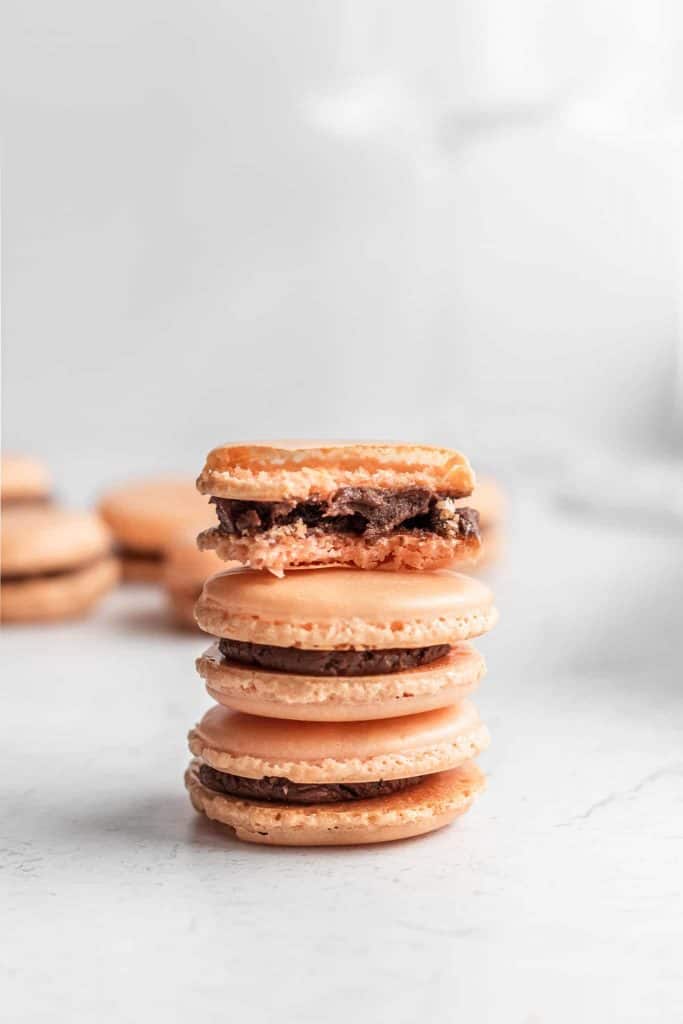
When making macarons, a lot can go wrong. So, let's explore the most common problems and their solutions. Camila of Pies and Tacos has a great guide for macaron troubleshooting if you have any other problems. She's the macaron queen!
- Cracked Macarons - shells were not dried long enough.
- Bumpy Macarons - powdered sugar and almond flour were not sifted fine enough.
- Hallow Shells - rested too long, oven temperature too low or high, over or under mixed batter.
- Air Bubbles - bubbles were not popped before the macarons dried out, didn't bang tray.
- Bottom Not Attached - underbaked, macaron shells not completely cool before removed from the baking sheet.
- Spread Feet - overmixed batter, shells not rested long enough, oven temperature too high, meringue under-whipped.
- No Feet - too close to heat source, low oven temperature, shells rested too long.
How to Store
- Store the macarons on the counter up to 2 days in an airtight container.
- Store the macarons in the refrigerator for up to 5 days in an airtight container.
- Macarons can be stored in the freezer for up to 1 month in an airtight container. These can be filled or unfilled.
- Store your leftover filling in the refrigerator for up to 5 days in an airtight container.
Variations
- Sprinkles - add any sprinkles you like to the macaron shells. Add them before baking the shells so they don't slide off.
- Drizzle - you can add a chocolate drizzle to the top of the macaron shells by melting some dark chocolate and piping in on thinly.
- Color - different food colorings can be used for a variety of different shell colors. Please use a gel or powder food coloring to avoid adding extra moisture to the batter.
- Filling - not a fan of chocolate buttercream? You can fill these with orange marmalade, ganache, vanilla buttercream, or orange buttercream. The options are endless.
More Tips and FAQ

What are Macarons Filled With?
I love a rich and heavenly chocolate buttercream for these orange macarons, but you can fill them with chocolate ganache, vanilla buttercream, orange filling (like a marmalade or curd), or even a lavender buttercream for a citrusy floral feel.
Are Macarons Gluten Free?
Yes, they are! This is due to the almond flour. However, if you are severely allergic to gluten, I would double check each individual ingredient for contamination.
Can I Make These Ahead of Time?
Yes! Macarons are actually best when they are allowed to mature for a few hours or even overnight. With proper storage in the refrigerator, macarons can be made up to 5 days ahead of time.
Looking for More Gluten Free Recipes?
📖 Recipe

Orange Macarons with Chocolate Buttercream
Equipment
- 1 oven thermometer
- 1 digital kitchen scale
Ingredients
Orange Macarons
- 110 g almond flour
- 200 g powdered sugar
- 100 g egg whites room temperature
- 50 g granulated sugar
- 1.5 teaspoon orange extract
- 2 teaspoon food coloring optional
- ¼ teaspoon orange zest
Chocolate Buttercream
- 114 grams unsalted butter softened
- 250 grams powdered sugar
- 35 grams unsweetened cocoa powder
- ¼ teaspoon salt
- 1-2 tablespoon milk optional
Instructions
- Preheat the oven to 315°F. Line 2 baking sheets with parchment paper or silicone macaron mats. Set aside. Prepare a piping bag fitted with a large round tip and set aside.
- Using a kitchen scale, portion your ingredients into separate bowls.
- Using a large mesh sieve, sift the almond flour and powdered sugar together two times.110 g almond flour, 200 g powdered sugar
- Place the eggs whites in the bowl of your stand mixer. Using your stand mixer's whisk attachment, whisk the egg whites on medium high speed for about 1 minute. The egg whites should be frothy.100 g egg whites
- While whisking at medium high, begin to slowly add the granulated sugar to the egg whites, one spoonful at a time until all 50g are added.50 g granulated sugar
- Stop the stand mixer and add the orange extract and food coloring. Turn the stand mixer back on and whisk at high speed for about 3 minutes or until stiff peaks have formed. When you stop the mixer and pull your whisk attachment up, the peaks should stick straight up and might have a slight bend at the very top but not at the base. Make sure to stop the mixer and check every so often to make sure you have not overbeaten the meringue.1.5 teaspoon orange extract, 2 teaspoon food coloring
- Remove bowl from the stand mixer once the proper meringue texture is achieved.
- Add the orange zest to the meringue. Gently shake the powdered sugar/almond flour mixture into the bowl of meringue ⅓ at a time. After each time, gently fold the dry ingredients into the batter. Do this by making a J or figure-8 shape each time, starting around the outside of the bowl and gently twisting into the middle. It is time to stop folding when the macaron batter is glossy has a "lava-like" thick and flowing consistency. It should drizzle off your spatula in thick ribbons.¼ teaspoon orange zest
- Transfer batter into piping bag fitted with a large round tip. Place piping bag perpendicular to your lined baking sheet and pipe by applying gentle pressure to the bag for about 3 seconds. Stop squeezing and quickly pull up the piping bag in a circular motion. Repeat until you've piped all the macaron batter.
- Bang each baking sheet on the counter several times to remove air bubbles. Using a toothpick, pop remaining air bubbles on macarons quickly before they begin to dry.
- Allow your macarons to sit for 20-40 minutes depending on the humidity of the day. The more humid it is, the longer the macarons need to dry. You will know they are ready when they appear slightly matte and feel dry to the touch.
- Bake for 10-15 minutes, rotating the pan in the oven after 6 minutes or so for even baking. Let the macarons cool completely before removing from the baking sheet (they will stick if not completely cool!)
- To make the chocolate buttercream, prepare another piping bag with a good tip for piping. Place softened butter into the bowl of your stand mixer. Cream the butter with the whisk attachment for about 2 minutes on medium high speed until smooth and fluffy.114 grams unsalted butter
- Scrape the sides of the bowl and slowly add the powdered sugar. Whip on medium speed while adding small drops of milk until the desired consistency for piping is achieved. Add the cocoa powder and salt and continue mixing until well incorporated, adding small amounts of milk to adjust the consistency.250 grams powdered sugar, 35 grams unsweetened cocoa powder, ¼ teaspoon salt, 1-2 tablespoon milk
- Add the chocolate buttercream to the prepared piping bag and pipe into half of the cooled macaron shells. Place other shells on top to create sandwiches.
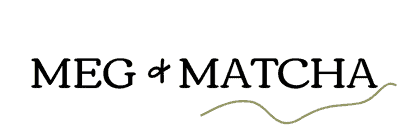

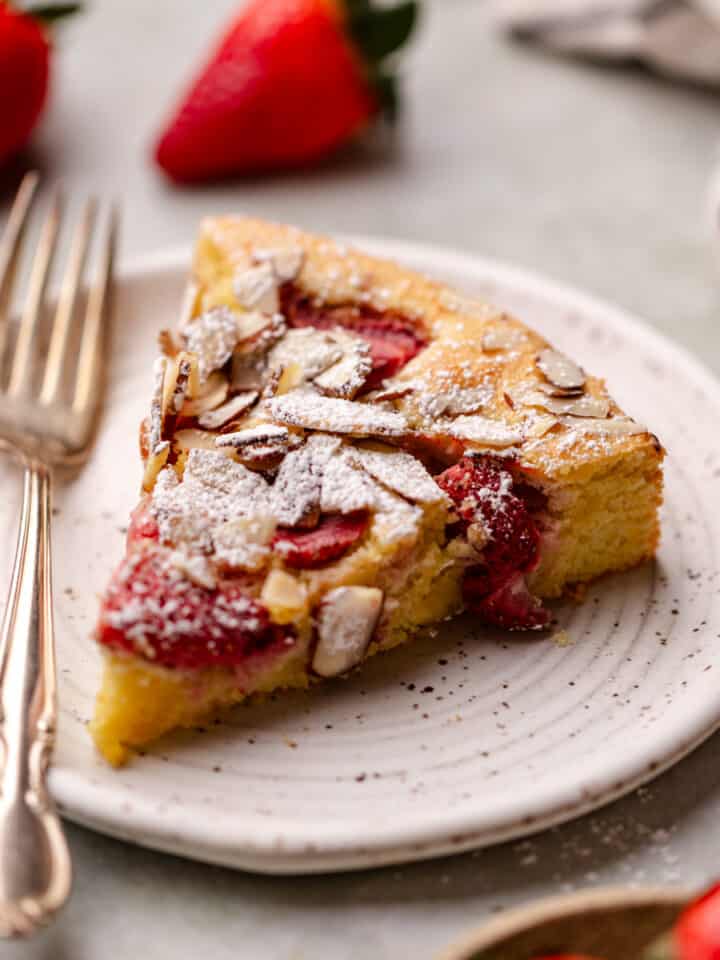
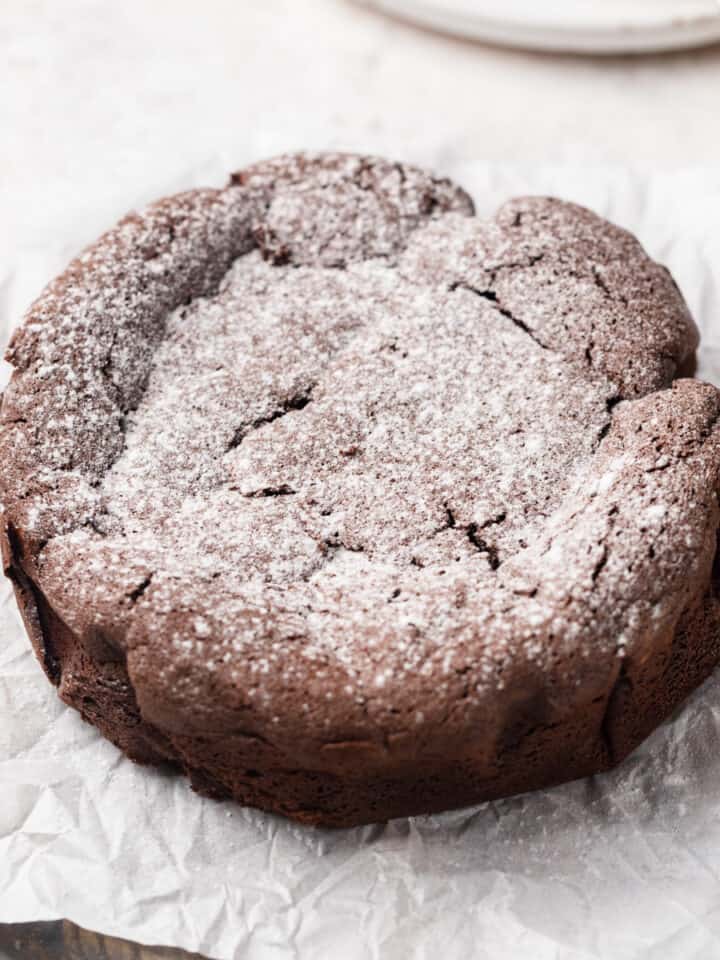

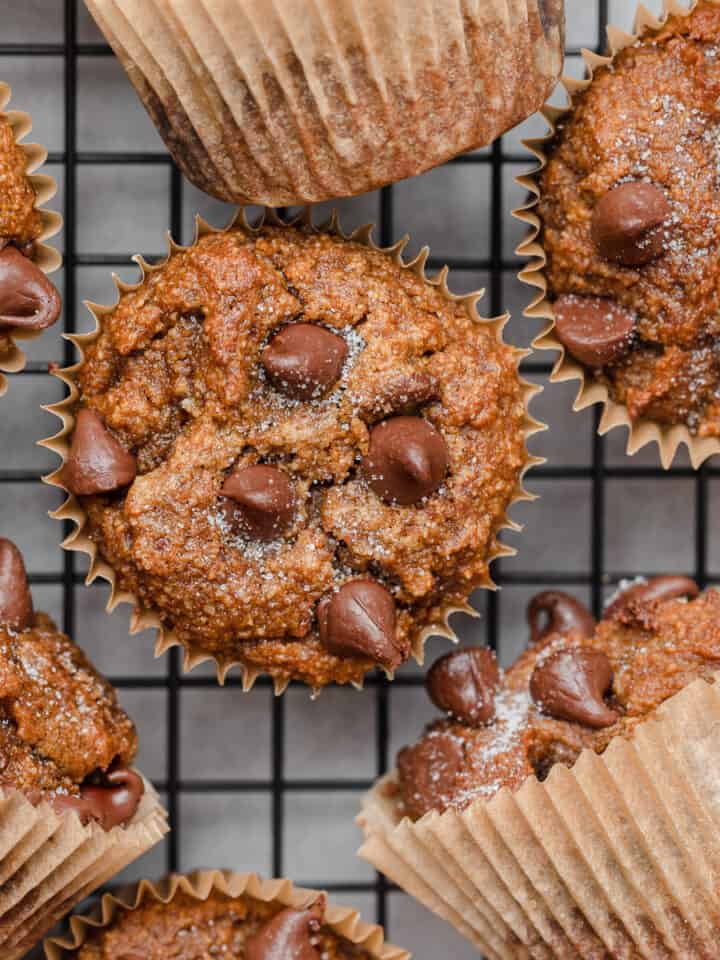

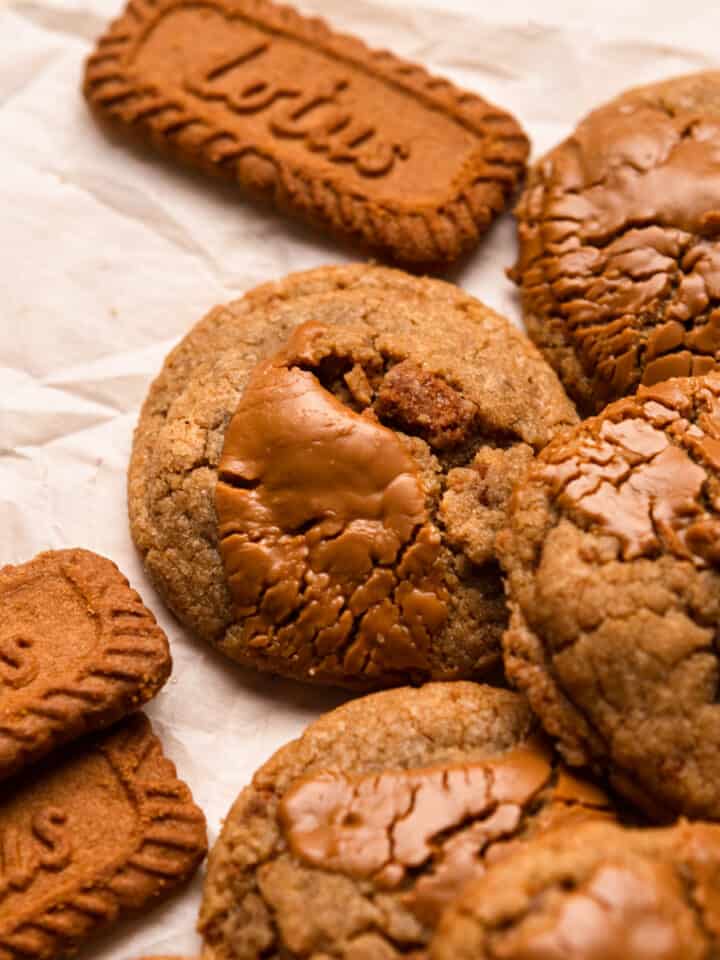
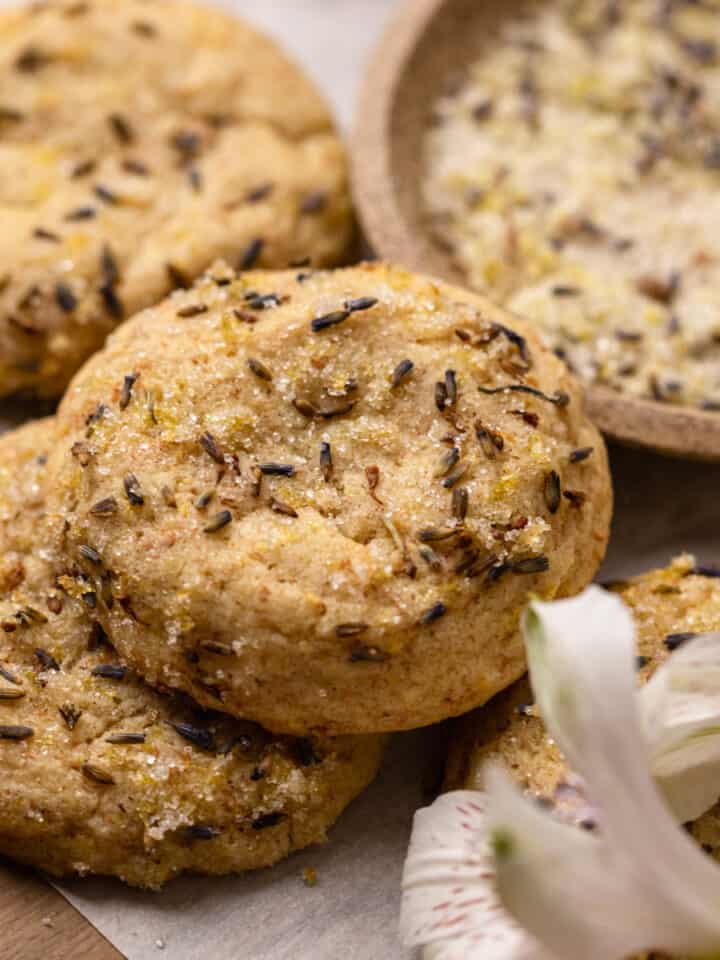
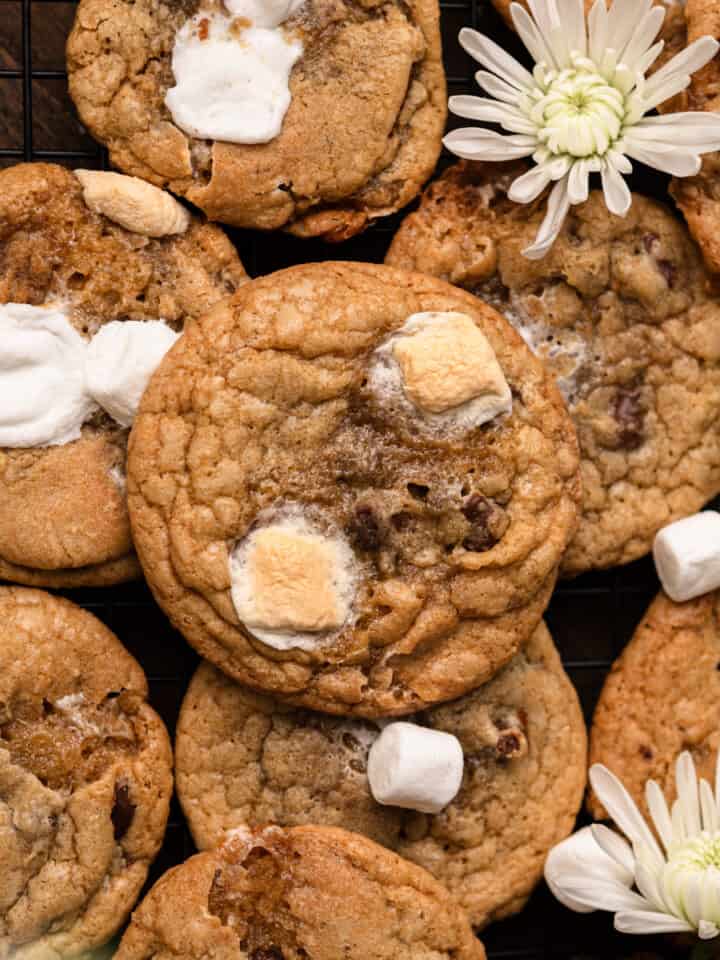



hari
this is definitely a wonderful recipe.
anything made of chocolate is delicious and yummy.
really enjoyed and thank you so much for sharing.
Megan Weimer
Thanks so much Hari!